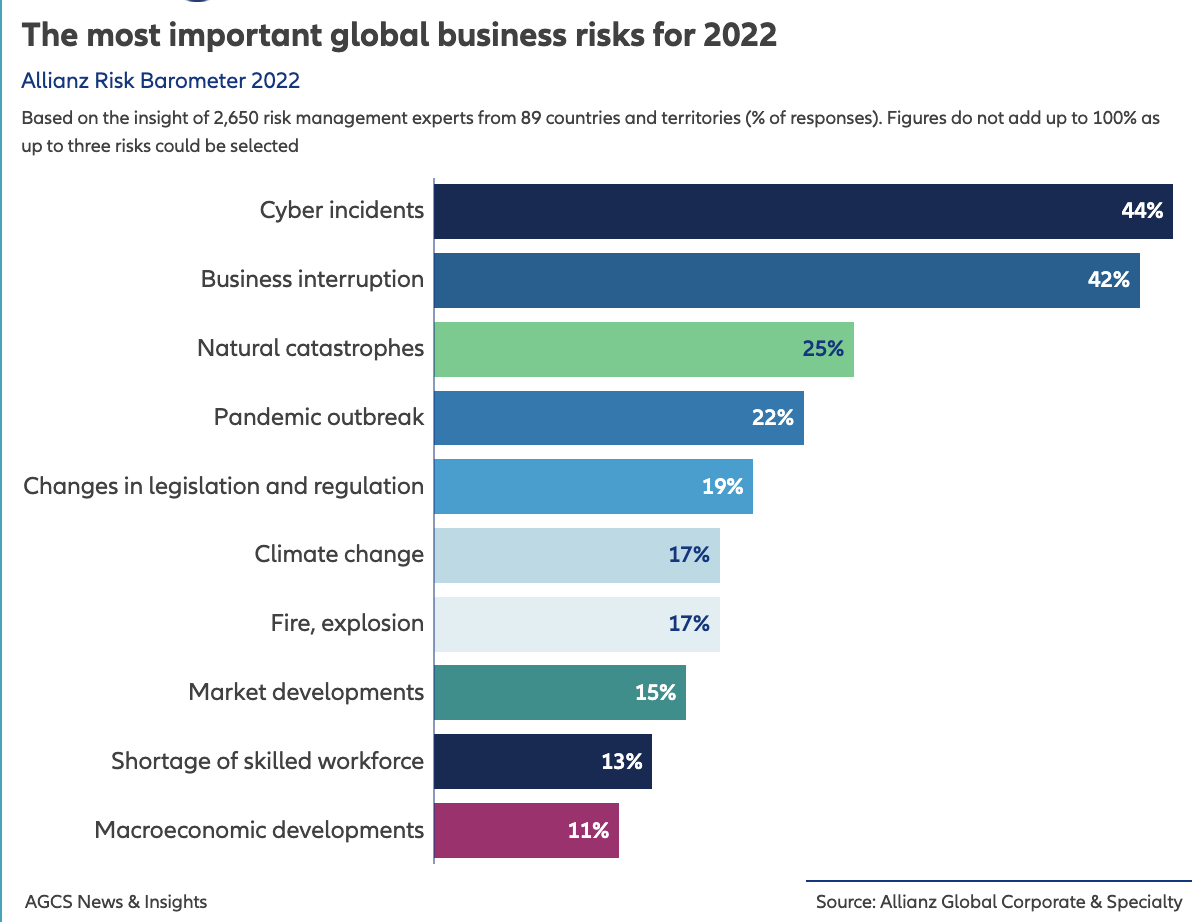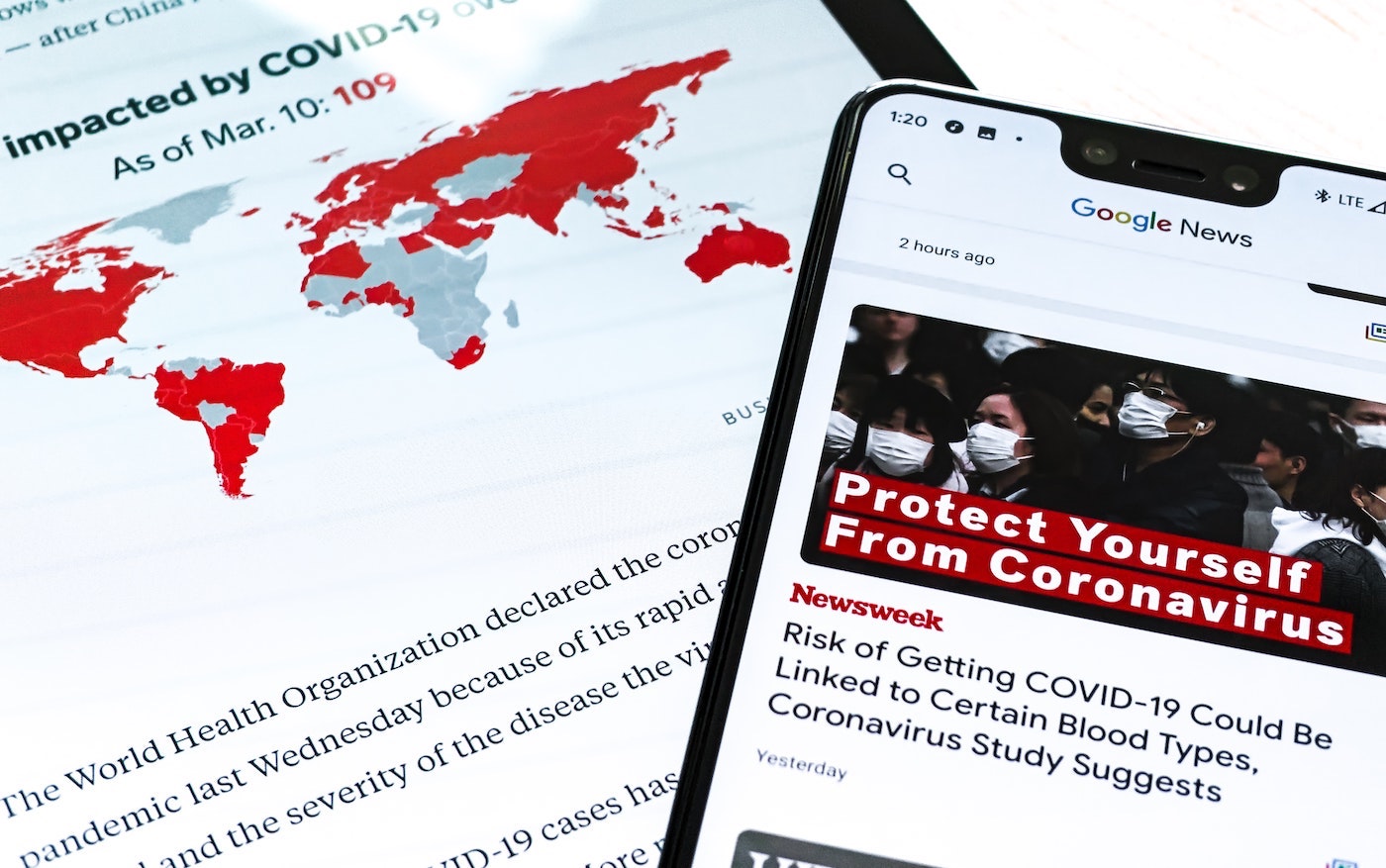In the wake of the horrendous bushfires the country has been facing lately, the need for business continuity planning to protect your business and your customers couldn't be more apparent. As we've covered in the past, business continuity management enables you to identify and reduce potential risks to your business, prepare for risks that are out of your hands and create a plan that guides your staff on what to do if a crisis occurs so you can respond and recover quickly.

Unfortunately, you can't predict what exact crises you might face and when you might face them, but you can create a plan that covers you as much as possible across a range of incidents. That said, there are 6 general types of crises to consider with your business continuity planning. If you have a plan in action that prepares you to be resistant to and recover from these sorts of incidents, your company has the greatest chance to maintain daily operations and protect your staff and your business.
1. Natural Disasters
As initially mentioned, these past few months and especially the last couple weeks, we have been witness to the severe effects of the bushfires all over the country. In addition to bushfires, floods, storms, droughts and extreme weather conditions such as severe heat and wind are also disasters businesses should prepare for. Preparing for these types of disasters includes such tasks as developing an emergency plan, training your staff, organising proper insurance and as we saw with the Falls Festival in Lorne, outlining protocol if the threat of conditions is so great, an event or business operations need to be cancelled or stalled. Even if you don't think your business could be affected by a natural disaster because of your location or service perhaps, consider if your suppliers or employees could be, as that, in turn, would affect your business and you need to be prepared.
2. Technology
Technology-related crises could be computer network failures, hardware failures, data breaches, account hacking, or issues with outdated equipment. Most businesses, even if they aren't focused on technology per se, use technology to facilitate their business, such as software for customers to make payments, digital customer or financial records or even social media accounts. Planning for these types of crises means storing your data and other important business documents in a safe location, having multiple copies of your records and backing up your data. In the process of business continuity planning for tech-related crises, most companies will detect vulnerabilities that they can implement extra security around to nearly eliminate the potential for disaster. Regardless, there could always be threats that can't be predicted, so a part of your business continuity plan should also be a protocol for how to act and what to communicate to customers should your systems ever be compromised.
3. Work Health & Safety
Work health and safety crises refer to incidents caused at work. You need to have proper procedures set up if for example a material inflicts harm on an employee or if a machine were to malfunction posing a risk to employee safety and production. Details such as who should be informed, the steps that should be taken to respond during and after incidents occur and the training that needs to happen to make sure your employees understand the response and recovery protocol all come into play with planning for workplace health and safety crises. In these situations, your organisation's priority should first and foremost to be to protect the wellbeing of your people.
4. Economic and Financial
The scale of economic and financial crises can vary significantly. They range from external crises that create implications for your business such as global financial events to internal crises such as customers not paying, cash flow shortages or rising production costs. Even growing too quickly as a company could be considered a crisis if you don't have the infrastructure in place to handle it. With effective business continuity planning, you will be forced to think through the financial risks to your company, determine the impact they could have through a business impact analysis, and prioritise preparation and recovery procedures so your business survives.
5. Staffing
People are the heart of any organisation and therefore can have a huge impact on business. Therefore if a key person departs, a team or even the entire department or company may not be able to operate smoothly. In this circumstance, companies should have protocol in place to replace important roles and make sure the role is being fulfilled by one or multiple people in the interim. Other examples of staffing crises include team or individual conflicts, human error and trouble filling positions. All of these could create serious issues for a company, and planning for these crises should involve the input of employees as they will be affected just as much if not more than the business.
6. Suppliers
Most companies rely on certain resources to conduct business, and should those resources be delayed or compromised, their business will be negatively impacted. This type of situation, where your supply chain fails or is interrupted, is considered a suppliers crisis. To be protected, companies need to thoroughly map out their supply chain, identify the most critical materials and ensure they have back up suppliers or alternative materials that can be used should something go wrong.
Thinking through all the threats to your business and employees and planning for worst case scenarios can be scary and overwhelming or even feel unnecessary if the crisis seems unlikely, but it is much worse to consider the consequences if you are not prepared. Business Continuity Management software like RiskWare's Business Continuity Module can be incredible useful in facilitating and continuously improving your planning process.
To learn more about how RiskWare is making the world a little less risky, visit us at RiskWare.com.au.







Comments